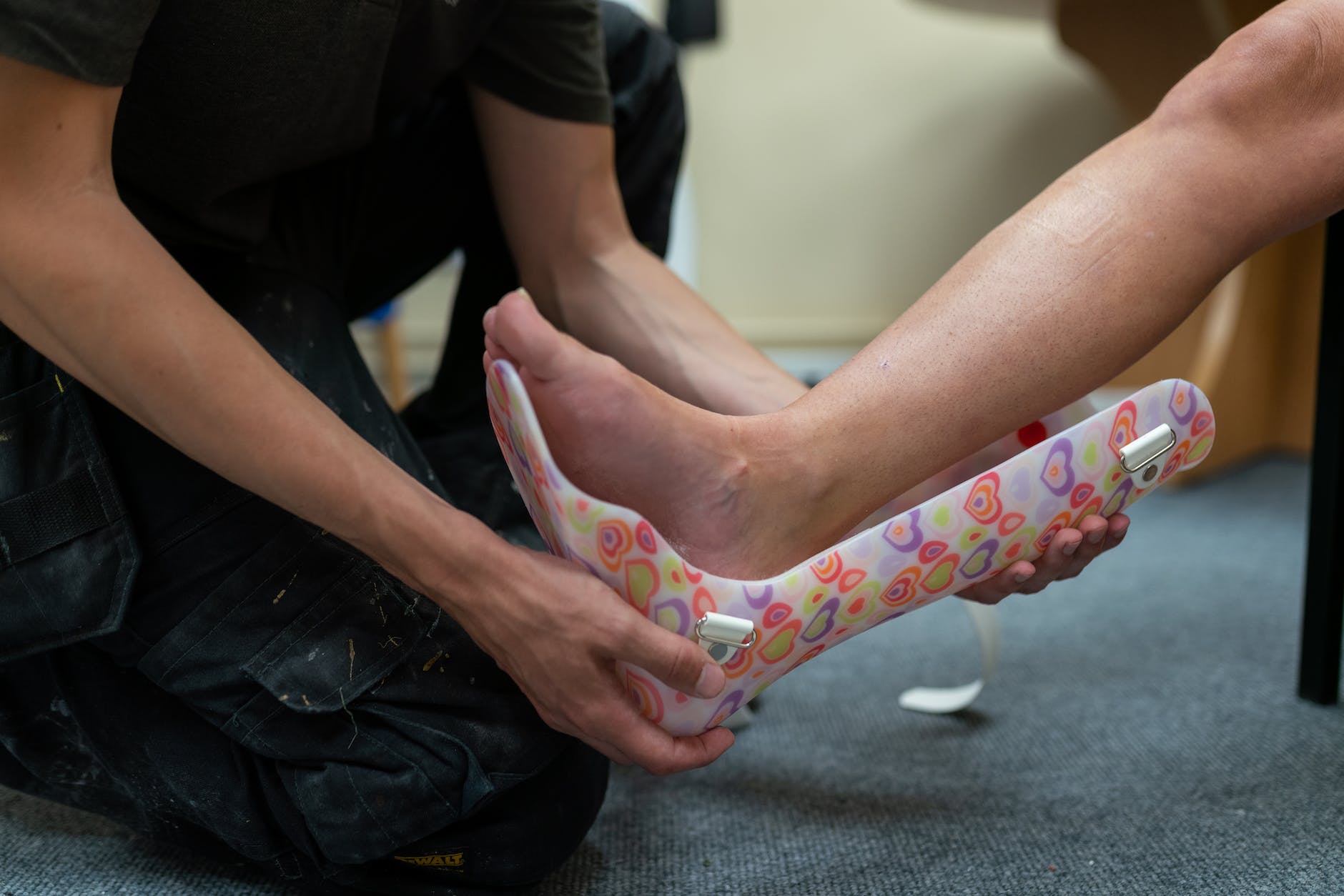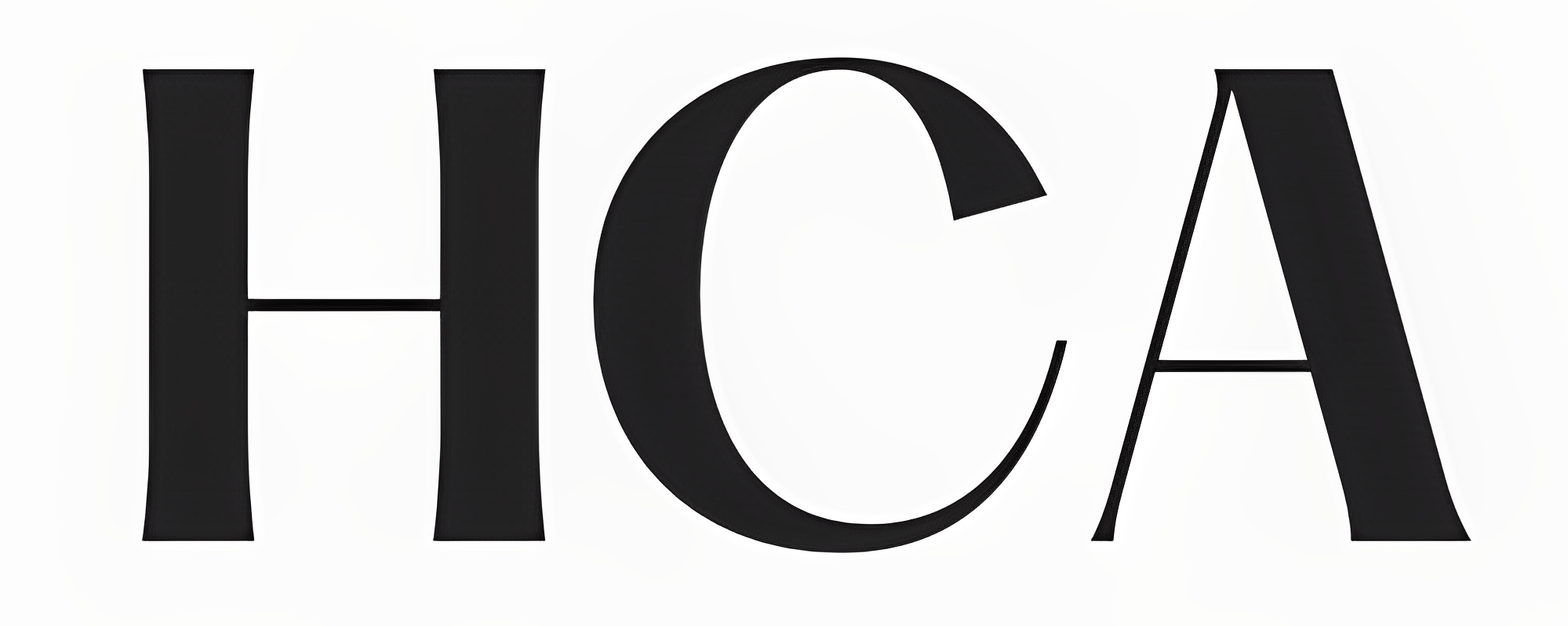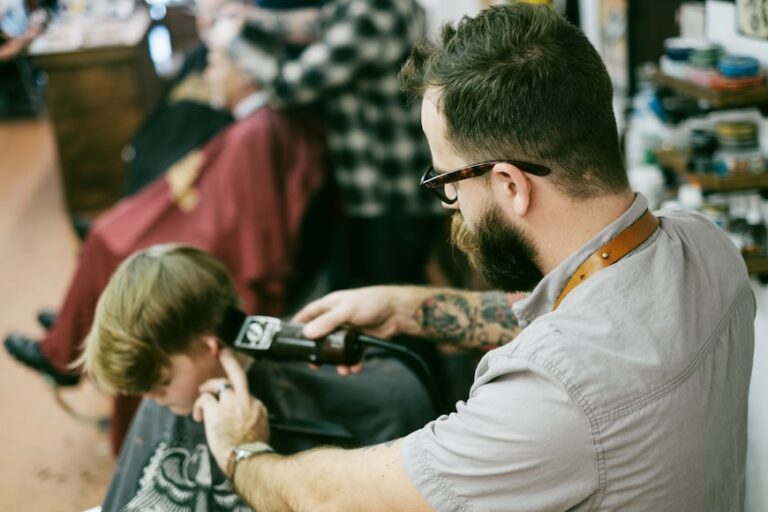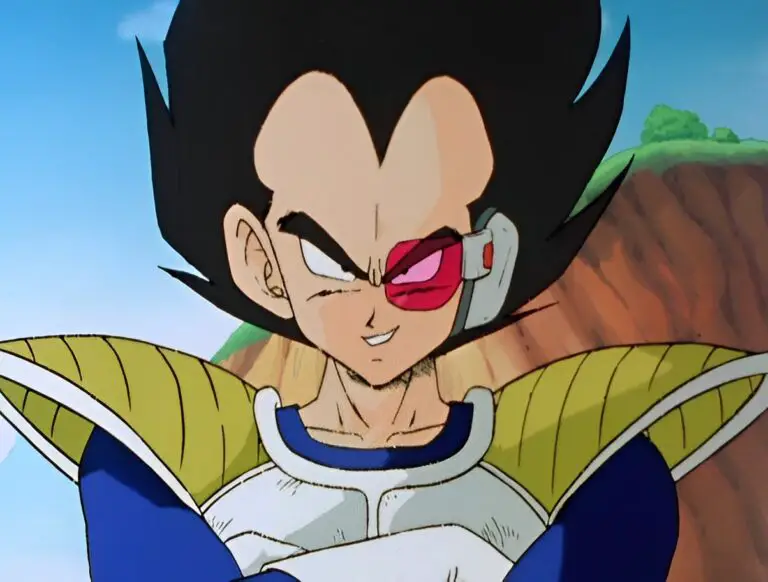Why Hair Grows Faster Under a Plaster Cast: Unveiling the Mystery

Have you ever wondered why hair seems to grow faster under a plaster cast?
It’s a curious phenomenon that many people notice after breaking a bone and having it immobilized for several weeks.
In this blog post, we’ll explore the reasons behind this rapid hair growth, delve into the science of excessive hair growth after an injury, and discuss the reasons for new hair growth around healing wounds.
Why does hair grow faster under a plaster cast?

First and foremost, it’s important to note that hair growth under a plaster cast may not actually be faster than normal.
Instead, it could be a matter of perception.
When a plaster cast is removed, the hair underneath may seem longer and more dense compared to the surrounding hair, making it appear as though it has grown faster.
However, there are a few factors that could contribute to the perception of faster hair growth under a cast.
One possibility is that the hair follicles in the area are stimulated by the warmth and humidity created by the cast. These conditions can increase blood flow to the area, which can encourage hair growth.
Furthermore, the lack of friction from clothing or daily activities may help prevent hair breakage, giving the illusion of faster growth.
Read Also: Reason why hair growth increase in Summer
Excessive hair growth after injury: Reasons
Now that we’ve explored the potential reasons for perceived faster hair growth under a plaster cast, let’s discuss excessive hair growth after an injury. This phenomenon, known as hypertrichosis, can be triggered by various factors, including:
- Inflammation: In response to an injury, the body’s natural inflammatory process increases blood flow to the affected area. This increased blood supply can bring more nutrients and oxygen to the hair follicles, stimulating hair growth.
- Hormonal changes: Injuries can cause hormonal imbalances, which can impact hair growth. For example, an increase in cortisol levels can lead to increased hair growth in some individuals.
- Medications: Certain medications used to treat injuries or manage pain can have side effects that influence hair growth. For instance, some anti-inflammatory drugs and pain relievers can cause hair growth as an unintended side effect.
- Genetic factors: Some people may be genetically predisposed to experiencing excessive hair growth after an injury. In these cases, the individual’s genetic makeup can influence how their body responds to the injury and subsequent healing process.
New hair growth around healing wounds: Reasons
Lastly, let’s examine why new hair growth may appear around healing wounds. There are several factors that can contribute to this occurrence:
- Skin regeneration: As the skin heals around a wound, new skin cells are generated, which can also stimulate the growth of new hair follicles.
- Growth factors: The body produces various growth factors during the healing process, such as vascular endothelial growth factor (VEGF) and fibroblast growth factor (FGF). These growth factors can stimulate hair follicle growth and regeneration, leading to new hair growth around the wound.
- Stem cell activation: Wound healing can also activate stem cells in the surrounding skin, which can differentiate into new hair follicles and contribute to hair growth.
- Scar tissue: As the wound heals, scar tissue may form, which can create a different environment for hair follicles compared to the surrounding skin. This altered environment can potentially stimulate hair growth in some individuals.
What to do with excessive hair under plaster
It’s quite common for hair to appear thicker or darker after a limb has been immobilized in a plaster cast for an extended period.
This is primarily due to the contrasting appearance of the unexposed skin and hair under the cast with the rest of your body. The hair might look more prominent because the skin underneath is often paler and smoother than the surrounding skin.
There’s no need to be alarmed; it’s a temporary condition and should return to normal with time and exposure to regular activities. However, if the hair is bothering you, here are a few things you can do:
Shaving: This is the quickest and most common way to remove unwanted hair. Be gentle to avoid any cuts or irritation to the sensitive skin.
Hair removal creams: These can be a good alternative if the skin is too sensitive for shaving. Always patch test first to avoid allergic reactions.
Patience: Simply allow nature to take its course. With time, the hair growth will reduce and return to its pre-cast state.
Dark hair after cast removal: What it is and how to remove it
Post-cast dark hair is due to the lack of sun exposure and shaving. Similar to the previous case, it is not a permanent change, and it should lighten and thin out over time as it’s exposed to natural elements again.
Regular, safe sun exposure can naturally lighten the hair. Always remember to apply a good sunscreen to protect your skin.
Sudden hair gerowth on knees
Sudden hair growth on unusual areas, like the knees, could be due to hormonal changes or medical conditions such as hirsutism or polycystic ovary syndrome (PCOS).
It’s always recommended to consult a doctor or a dermatologist if you notice any unusual or sudden changes in your body hair.
For dealing with unwanted knee hair:
- Shaving: It’s quick and easy, but be extra careful around the curved and uneven surfaces of the knees to avoid nicks.
- Waxing: This offers longer-lasting results. You can do it at home or get it done professionally.
- Laser hair removal: If the hair growth is substantial and bothersome, you might consider this option for a more long-term solution.
Conclusion
In conclusion, the perception of faster hair growth under a plaster cast may be due to a combination of factors, such as increased blood flow, warmth, and humidity.
Excessive hair growth after an injury can be attributed to inflammation, hormonal changes, medications, and genetic factors. New hair growth around healing wounds may result from skin regeneration, growth factors, stem cell activation, and scar tissue formation.
While the phenomenon of faster hair growth under a plaster cast or around wounds is intriguing, it’s important to remember that individual experiences may vary based on a multitude of factors.
If you have concerns about hair growth after an injury, consult with a medical professional to discuss your specific situation and explore potential treatment options.






